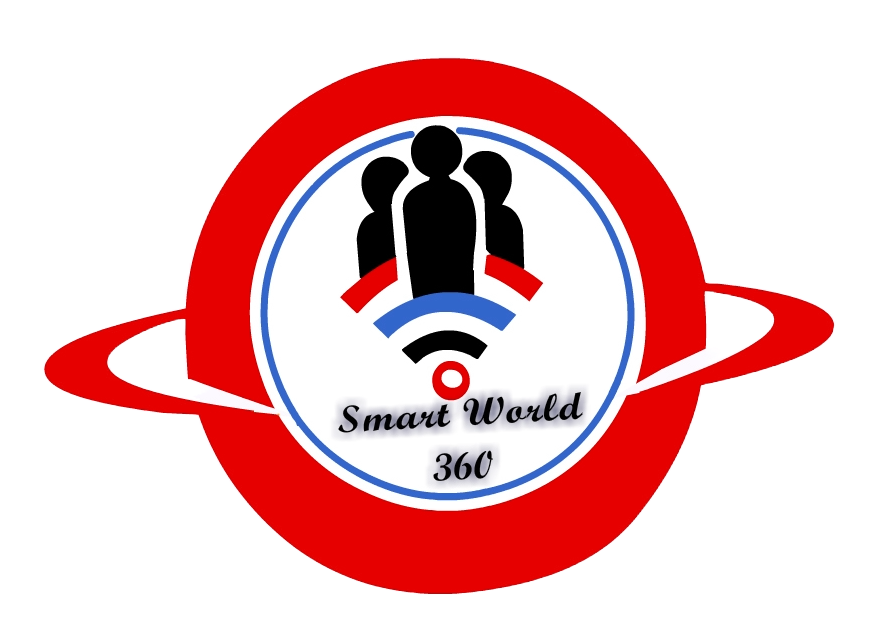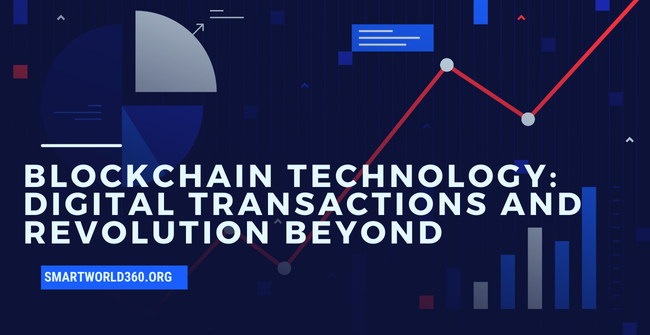Blockchain Technology: Digital Transactions and Revolution is generally a distributed ledger technology (DLT) that permits data to be stored through a network of multiple computers, rather than in just a central database. It’s a blockchain; each block has several transaction lists, timestamps, and one prior block’s cryptographic hash, ensuring security and immutability.

Major Features of Blockchain
Decentralization:
Unlike the traditional database controlled by a single authority, the blockchain operates on a colleague network, which reduces the risk of centralized control and failure.
Transparency:
All participants in transactions recorded on a blockchain appear to all participants, ensuring accountability and trust.
Security:
Applying cryptographic techniques to secure blockchain transactions, making it almost impossible to change the previous record.
Inaccurate:
Once the transaction is recorded, it cannot be changed or removed, preventing fraud and manipulation.
Community Consent Mechanism:
Blockchain network consensus depends on algorithms, such as the proof of work and proof of stake (POS), to validate and connect the transactions in the ledger.
How Blockchain Works?
Blockchain is operated through a series of steps that ensure safe and transparent transactions:
Transaction -Deeksha: A user starts a transaction, which is later broadcast in the network.
Verification: Network nodes (known as miners or verifiers) verify transactions using a common consensus mechanism. This step ensures the validity of the transaction and prevents fraudulent activities.
Block Formation: Once valid is valid, transactions are grouped with others to create blocks. Each block refers to the hash of the previous block, forming a series formed.
Common Consent Process: Proof of Work, Proof of Stake, or other consensus algorithms reach agreement via mechanisms to confirm and connect blocks in the network blockchain.
Permanent Records: A block once approved enters the blockchain and becomes an unalterable part of the ledger.
Completion Of Transaction: The updated blockchain is then propagated through the rest of the network and a transaction becomes final.
Blockchain Types
Blockchain networks can be classified based on their access and governance:
1. Public Blockchain:
A decentralized and open network where anyone can include, validate the transaction, and participate in the consensus process. Examples include Bitcoin and Ethereum
2. Private Blockchain:
A restricted network controlled by a single organization. Only authorized participants can use and validate transactions. They are used in enterprise settings for better safety and efficiency.
3. Consortium Blockchain:
A semi-decentralized network ruled by several organizations. It balances transparency with controlled access and is usually used in supply chain management and financial sectors.
4. Hybrid Blockchain
A combination of public and private blockchain allows organizations to control access by maintaining certain transparent elements.
Application Of Blockchain Technology
Blockchain has huge applications in industries, changing the way of operating businesses.
1.Cryptocurrency And Financial Services
Blockchain gained popularity with bitcoins, but its applications in finance are beyond digital currencies. This rapidly enables border pay payment, reduces the cost of transactions, and increases security in banking functions. Central banks are also searching for Digital currencies (CBDCs) based on the central bank blockchain.
2. Supply Chain Management
The blockchain increases transparency and traceability in supply chains by providing a tampering-proof record of the movement of goods. Companies such as IBM and Walmart use blockchain to track food security and prevent fraud.
3. Healthcare
Blockchain patients secure the records, enable sharing spontaneous data between healthcare providers, and reduces medical fraud. It also ensures authenticity of drug supply chains, prevents fake drugs.
4. Smart Contract
The smart contract blockchain has self-imposed agreements with predetermined conditions coded. These contracts automated and enforced the transaction by reducing the need for mediators in industries such as insurance, legal, and real estate.
5. Identity Management
The blockchain provides a decentralized method for storing and verification of the blockchain technology digital identity, reducing the risks of identity theft. Governments and businesses are searching for blockchain for safe identity verification, such as in digital passports and voting systems.
6. Intellectual Property and Digital Rights Management
Artists, musicians, and material creators use blockchain to register and protect intellectual property rights. Non-fungating tokens (NFT) allow digital assets to be specific and transferred.
7. Government And Public Services
Increased transparency in governments is a reason for corruption prevention and prevention of streamlining mechanisms such as land registry, voting, and tax collection. Blockchain has been implemented for e-governance services in Estonia.
Benefits of Blockchain Technology
Blockchain provides many benefits that make it a revolutionary technology:
Security and Fraud Prevention: The nature of an irreversible transaction ensures encryption of the data and provides security against fraud.
Transparency and Trust: The verification of transactions by all participants builds trust in industries such as finance and supply chains.
Cost Efficiency: Blockchain reduces operational and transactional expenses by removing middlemen.
Decentralization: Since the network is not controlled by a singular authority, it is resistant to manipulation and failure.
Rapid Transactions: Traditional financial transactions may take days, but blockchain enables nearby settlements.
Blockchain Challenges And Boundaries
Despite its advantages, the blockchain faces many challenges:
Scalability issues: Public blockchain struggles with transaction speed and network congestion.
Energy consumption: POW blockchain, like Bitcoin, requires mass computational power, leading to environmental concerns.
Regulatory uncertainty: Governments are still developing rules, leading to legal challenges for blockchain adoption.
Data privacy concerns: While transactions are transparent, it is a challenge to ensure personal data security.
Interoperability: Different blockchain networks function independently, making it difficult to integrate spontaneously.
Future Of Blockchain Technology
Blockchain is still developing, it is expected to shape its future with much progress:
Integration with Artificial Intelligence (AI): AI analytics capabilities combined with blockchain will change the functioning of industries including finance, healthcare, and cyber security.
Sustainable Blockchain Solutions: Consensus mechanisms such as proof of stake (PoS) and energy-proportioned methods intend to reduce the ecological footprint of blockchain.
Interoperability Enhancements: Cross-Chain Communication Protocols will enable spontaneous data exchange between various blocks.
Increased government adoption: More countries are searching for blockchain for digital identity, e-governance, and financial transactions.
Decentralized Finance (DEFI) Development: DEFI platforms will continue to disrupt traditional financial systems and offer accessible and transparent financial services.
Conclusion:
Blockchain technology is bringing revolution in industries by providing methods of safe, transparent and efficient transactions. Though the obstacles persist, the continued advancement will bear sweeping adoption and innovation. As the blockchain keeps evolving, it has the potential to re-define the way business and society function and hence become an integral pillar of the digital economy.

